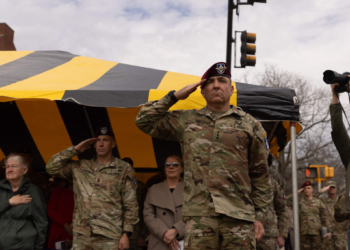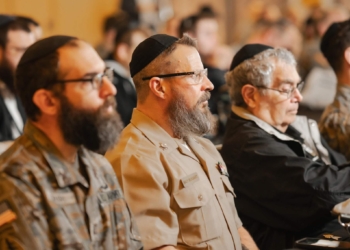By Jennifer G. Williams

Hurricane Harvey slowly made its way ashore three times in August, smashing records and prompting Texas Governor Greg Abbott to activate the entire Texas National Guard of 14,000 Soldiers and Airmen, and to ask for an additional 10,000 Guardsmen from other states.
“It is imperative that we do everything possible to protect the lives and safety of people across the state of Texas as we continue to face the aftermath of this storm.” Abbott said.
The storm set a rainfall record for any tropical storm or hurricane in the continental United States, with rainfall totaling more than 50 inches — while rain continues to fall. And remaining a named storm after more than five days, Harvey set a new mark for being the longest a U.S. hurricane has remained a named storm after making landfall.
The prolonged rainfall, boosted by the stagnant storm system, caused epic flooding that officials say could last into October. Rivers across the entire affected area posted 500- to 1,000-year-record-flood levels and were still rising on the 12-year anniversary of Hurricane Katrina Aug. 29.

The overwhelming disaster caused an outpouring of support and relief from other states, and several National Guard units converged on the hardest-hit areas to offer manpower, equipment and support. National Guard Bureau officials say they are working on plans to provide up to an additional 20,000 to 30,000 Soldiers and Airmen, if needed, in support of the response efforts.
“I would like to emphasize that our response to this hurricane has been different to anything we’ve experienced before, and we expect it to be much longer in the response phase in terms of what we would normally see with a hurricane,” Air Force Maj. Gen. James C. Witham, director, National Guard Bureau Joint Operations Directorate, said at a Pentagon press briefing Tuesday. He added that the response and recovery operations could last for weeks or months and that the additional troops will be needed to relieve National Guard forces currently engaged in the response effort.
Air Force General Joseph Lengyel, Chief of the National Guard Bureau (NGB), has instructed his staff to lean forward as much as possible in preparing plans to support response and recovery efforts. Certain states have received notification to plan for providing support, but troops are deployed only following a request from the Dual Status Commander in charge of operations in Texas.
Need for More Troops
NGB officials said they are coordinating with states to alert commanders of the possible requirement for

more troops and that a prudent posturing of forces will allow them to respond more quickly if and when they are called upon to do so. Officials also emphasized that the National Guard is uniquely positioned to provide support to civil authorities during natural disasters and domestic response, stating that the equipment and training they receive to fight the nation’s wars makes it possible for them to rapidly respond in the homeland.
As of today, the tally of National Guard representation from other states included:
- Alaska – About 13 Airmen with the 176th Rescue Wing
- California – About 90 Airmen with the 129th Rescue Wing
- Connecticut – One C-130 plane with eight Airmen from the 103rd Airlift Wing
- Florida – Nearly 100 Airmen with the 920th Rescue Wing
- Kentucky – Nearly 20 Airmen with the 123rd Special Tactics Squadron
- New York – More than 100 Airmen; one C-130, three HH-60s and two C-17s with the 106th Rescue Wing
- Oregon – About 15 members of the 125th Special Tactics Squadron; missions include rescue as well as restoring airfields so that supplies can be flown in.
- Pennsylvania — About 6 members with the 193rd Special Operations Wing (SOW)
Additionally, six helicopters from units in Utah, Nebraska and North Carolina were heading to Texas, said officials with the National Guard Bureau.
Other Guard missions in the stricken areas include bridging, water rescue, logistics movement, airfield openings and medical water purification.

Harvey made landfall Aug. 25 near Rockport, Texas, north of Corpus Christi, as the first Category 4 hurricane to landfall in the U.S. since Charley in August 2004. The storm moved inland, then back to the coast before heading ashore again. Harvey bounced back into the Gulf again briefly before making its final landfall early Wednesday morning near Lake Charles, La. Louisiana Governor John Bel Edwards to activate nearly 500 Louisiana Guardsmen so far.
The National Guard so far has rescued more than 8,500 people just in the Houston area, say officials. Texas Adjutant General Maj. Gen. John F. Nichols said Texas Guard members are working around the clock. “We will not rest until we have made every effort to rescue all those in harm’s way,” he said. “We will remain here as long as we are needed.”
Steve Marshall with the National Guard Bureau and the Texas Governor’s Office contributed to this report.







































